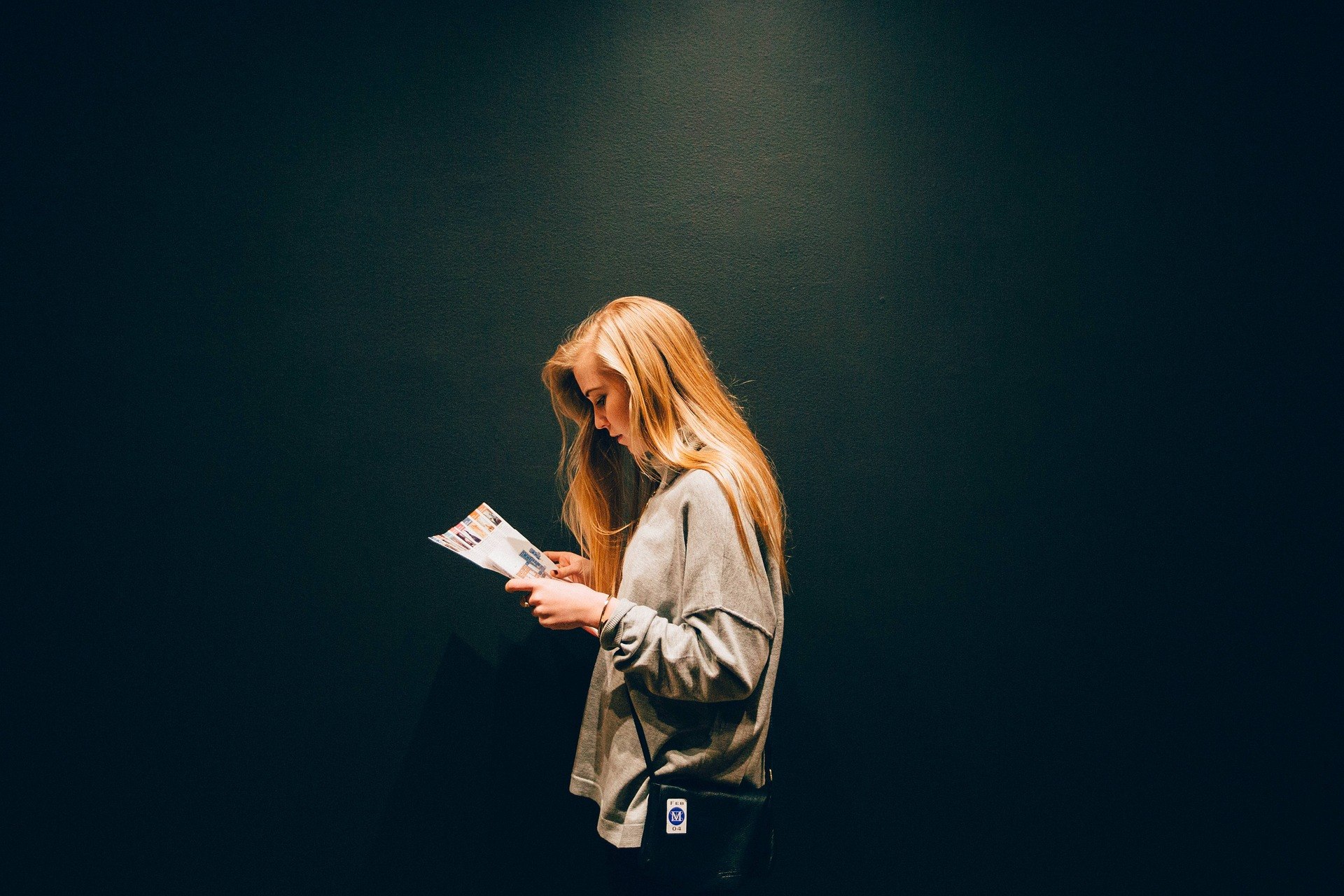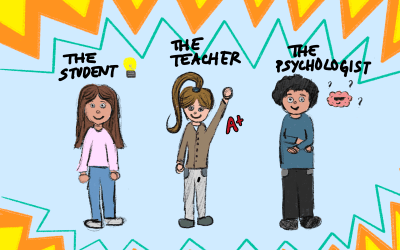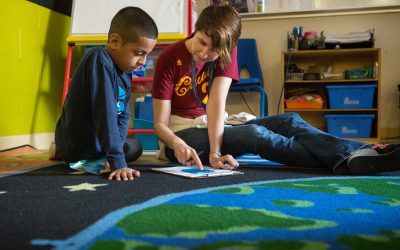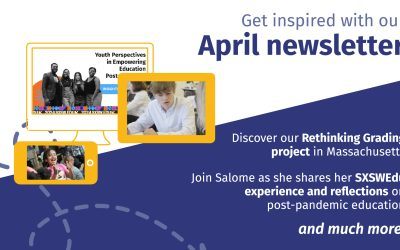I grew up in a “flyover” state that is most notable for its spotlight in a 1930’s film where a young lady tries to escape the ennui of her farm life by running away to something bigger and brighter, just “over the rainbow.” The community I grew up in was composed of many people who looked like me, acted like me, and shared the same ideas and values that my family believed. And, even though my family took trips to other places, and the local elementary school enrolled one child of color when I was in fifth grade, my world was, well, small.
Many communities are similar to my hometown in this way. Even New York City still retains enclaves of ethnic communities that are more homogenized than integrated. Many communities across our nation are segregated either by choice or through other circumstances such as economics and race. Luckily for me, getting lost in books was a way to expand my knowledge of the world outside of my isolated community. Through my love of reading, I stumbled into exotic places, unknown histories, and unfamiliar characters that I never would have come across in my everyday life. I remember reading about segregation for the first time in Roll of Thunder, Hear My Cry, learning about the isolation and loneliness of divorce when reading Hatchet, and realizing that diverse friendships can be meaningful when consuming The Babysitter Club series.
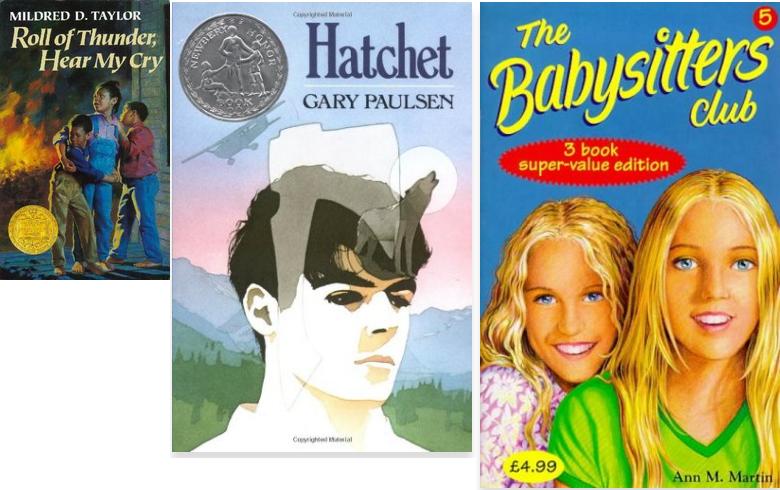
As the election results of 2016 have shown us, our country is deeply divided, sliced into various fragmented factions. And the response to the historical results that continues to repeat itself over and over again is one of surprise and confusion. Groups of people cannot believe or understand why other groups of people voted the way they did. It is as if each little community in our country has been stranded on separate little islands for years, and we are now being rescued, wondering: who are these other people with whom I share a nation? Even though we are living in a global society with unprecedented access to each other via technology, our communities remain insular.
In contrast to this experience, working next in the South Bronx, I taught a largely urban, Latino and African-American population of students and was able to create the same interest, awareness, and empathy through text. My students were so enraptured with Of Mice and Men; they would ask me every day if we were to continue reading and discussing the book. Again, I had been nervous to teach a text about 1930’s migrant, white farm workers—people and places that were unfamiliar to my students. But again, the students engrossed themselves in the predicament of the characters; they were able to make connections between their own lives and those of George and Lennie in ways that, again, I could not teach them directly. Even though George and Lennie are two white male farmers, their disenfranchisement and their vulnerability reached through to my students—the students understood the seriousness of the characters’ plight even though their ethnicity and way of life may have been foreign to them.
I believe the appeal and engagement with these texts was not my instruction. Instead, it was the content, or more importantly, the humanity in these texts. Beyond our differences, we all desire family and community, we all seek love and acceptance, we all make mistakes because of our flaws, and we all struggle with decisions. In these universal truths, shared in text, my students simply saw human beings, and they related to them. That connection is powerful. My students came away with a consciousness about “others” without even leaving their own neighborhoods. Through reading, discussing, and writing, students engaged with text that forced them to walk in the shoes of people they have never before come into contact.
I believe we can replicate this work as educators and parents by taking a look at the books we have in our homes, in our classrooms, and on our reading lists. Are all the characters similar to our families or students? Have we chosen an assortment of book choices for independent reading that take place in different parts of the world or have characters that look different from our children? Do the texts address different cultures, ethnicity, race, gender, and sexual orientation? Will our children be introduced to new ideas and experiences through the text? Will they come away with empathy for a community different from their own? These are the questions we should ask ourselves constantly when we choose texts we will teach in school or when perusing the local library for books to bring home.
Consider expanding your classroom or home library by selecting books based on the following:
- Use the categories of the Book Riot Read Harder Challenge! The purpose behind the Read Harder Challenge is to motivate readers to select texts outside of their comfort zone and increase their reading of diverse texts by encouraging readers to complete a list of reading tasks. In previous Read Harder Challenges, tasks have included: “Read a book by or about a person that identifies as transgender,” “read a book that is by an author from Southeast Asia,” or “read the first book in a series by a person of color.” These reading tasks can push us to begin selecting books that we may never have even seen or heard of before.
- Listen to some bookish podcasts to hear about the latest book releases for different kinds of literature. Some of my favorite podcasts hail, again, from the Book Riot website and include a podcast, “Get Booked” wherein people request specific types of books and the podcast hosts make suggestions based on those requests. And, often, people are looking for a variety of books that might be different from what you will find on your bookshelf or on your electronic device. Another podcast the website hosts is “All The Books,” which describes a variety of new books released weekly. Again, the hosts try and choose from a wide variety of authors, genres, and topics to keep the selections global and multi-faceted.
- Search for award-winning novels and articles including National Book Award winners, Man Booker prize winners, and Coretta Scott King book award winners. Typically (not always), award-winning books and articles encompass more diverse topics and peoples. For example, the Coretta Scott King book award is given to an African-American children’s/young adult author who demonstrates excellence in writing about African-American experiences and universal themes.
- Subscribe to newspapers and magazines where reporters engage in investigative journalism. The Washington Post, The New York Times, Time Magazine, and The Atlantic are all examples of news outlets that consistently publish interesting and excellent investigative pieces. And many times these articles encompass a wide variety of topics that can provide entry points into issues from other communities. Additionally, some of these magazines now create kid-friendly versions, including Time. Scholastic also produces magazines with real-world, engaging articles that children can learn from and enjoy.
- Find books that are written by people who are often marginalized, including but not limited, to people of color, people from the LGBTQ community, women, impoverished people, and immigrants. Reading books from a diversity of authors will naturally present a different perspective.
- Talk to a librarian! In our technology-obsessed world, it seems like human communication does not always yield a face-to-face interaction and where this can be most detrimental is at your local library. Librarians love to talk about books and they often have the most up-to-date information about the latest authors and books. Maybe you have a favorite genre but you want to read about another country, time period, or ethnic group. Maybe you want to find books about diversity for your toddler. Librarians enjoy talking about books so do not be afraid to spend some time at your local library.
ABOUT GUEST AUTHOR TRACY BAUER
Tracy Bauer has worked in education for over thirteen years. Currently, she is an instructional coach with reDesign, working in high-needs schools across the city. She has taught English, drama, and reading and is raising two lovely children of her own. She frequents many bookstores in NYC, including her favorite, The Strand, and she loves chatting with her local librarians in Brooklyn.
Join the community!
Sign up to receive our newsletter, access best-of educational resources, and stay in the know on upcoming events and learning opportunities. We hope to see you soon!
As an educator, mother, and passionate lover of books, my answer to this national predicament we find ourselves in is for us to think more about the kinds of texts our children are being exposed to in school and our homes. Even though we may not have the capacity to travel far and wide or live in more diverse communities, I think we can make text selection choices that introduce aspects of the world to our children while giving them the freedom to create their own ideas about the distinct characters, places, and events in the texts.
My own experience as an English teacher taught me early on that students learn about and feel empathy towards different kinds of people through reading. In the novice years of my teaching career, I worked with primarily suburban, Christian, white students who were living below the poverty line. These were children who often did not come into contact with people that followed different religious beliefs from their own and who often did not travel beyond a four-state radius. And yet, I taught Night and The Chosen. Engaging the students in these two texts made me nervous at first, but their curiosity and thoughtfulness about the work showed me otherwise. Students constantly asked questions about the texts themselves as well as the historical contexts, as they wanted to know more about Judaism and the Holocaust. Because I could not always answer all their questions, I brought in an expert, a friend of mine who majored in Judaic studies. Never before had my students been more engaged than when interviewing my friend. Numerous students mentioned to my friend, “I have never met a Jewish person before—you are so cool!” This situation may sound trite or “small-town,” but I cannot help wonder if this experience is actually more typical than one might think.Additionally, the compassion evoked in my students was not something I could teach without the literature fueling their understanding. They were often beside themselves with the genocide described in the texts and could not understand why humans would treat each other this way. A Holocaust survivor spoke to my students and they were on the edge of their seats, asking question after question, fully appreciating the survivor’s every word. At the end of the year, many students wrote that reading the two texts was the most interesting part of my course for them because they had never been introduced to the Jewish culture or the historical events of the Holocaust. Overall, our lively text-based discussions provided a space for the students to think about groups of people who were profoundly different from them and expanded their understanding of the world beyond their neighborhood.
In contrast to this experience, working next in the South Bronx, I taught a largely urban, Latino and African-American population of students and was able to create the same interest, awareness, and empathy through text. My students were so enraptured with Of Mice and Men; they would ask me every day if we were to continue reading and discussing the book. Again, I had been nervous to teach a text about 1930’s migrant, white farm workers—people and places that were unfamiliar to my students. But again, the students engrossed themselves in the predicament of the characters; they were able to make connections between their own lives and those of George and Lennie in ways that, again, I could not teach them directly. Even though George and Lennie are two white male farmers, their disenfranchisement and their vulnerability reached through to my students—the students understood the seriousness of the characters’ plight even though their ethnicity and way of life may have been foreign to them.
I believe the appeal and engagement with these texts was not my instruction. Instead, it was the content, or more importantly, the humanity in these texts. Beyond our differences, we all desire family and community, we all seek love and acceptance, we all make mistakes because of our flaws, and we all struggle with decisions. In these universal truths, shared in text, my students simply saw human beings, and they related to them. That connection is powerful. My students came away with a consciousness about “others” without even leaving their own neighborhoods. Through reading, discussing, and writing, students engaged with text that forced them to walk in the shoes of people they have never before come into contact.
I believe we can replicate this work as educators and parents by taking a look at the books we have in our homes, in our classrooms, and on our reading lists. Are all the characters similar to our families or students? Have we chosen an assortment of book choices for independent reading that take place in different parts of the world or have characters that look different from our children? Do the texts address different cultures, ethnicity, race, gender, and sexual orientation? Will our children be introduced to new ideas and experiences through the text? Will they come away with empathy for a community different from their own? These are the questions we should ask ourselves constantly when we choose texts we will teach in school or when perusing the local library for books to bring home.
Consider expanding your classroom or home library by selecting books based on the following:
- Use the categories of the Book Riot Read Harder Challenge! The purpose behind the Read Harder Challenge is to motivate readers to select texts outside of their comfort zone and increase their reading of diverse texts by encouraging readers to complete a list of reading tasks. In previous Read Harder Challenges, tasks have included: “Read a book by or about a person that identifies as transgender,” “read a book that is by an author from Southeast Asia,” or “read the first book in a series by a person of color.” These reading tasks can push us to begin selecting books that we may never have even seen or heard of before.
- Listen to some bookish podcasts to hear about the latest book releases for different kinds of literature. Some of my favorite podcasts hail, again, from the Book Riot website and include a podcast, “Get Booked” wherein people request specific types of books and the podcast hosts make suggestions based on those requests. And, often, people are looking for a variety of books that might be different from what you will find on your bookshelf or on your electronic device. Another podcast the website hosts is “All The Books,” which describes a variety of new books released weekly. Again, the hosts try and choose from a wide variety of authors, genres, and topics to keep the selections global and multi-faceted.
- Search for award-winning novels and articles including National Book Award winners, Man Booker prize winners, and Coretta Scott King book award winners. Typically (not always), award-winning books and articles encompass more diverse topics and peoples. For example, the Coretta Scott King book award is given to an African-American children’s/young adult author who demonstrates excellence in writing about African-American experiences and universal themes.
- Subscribe to newspapers and magazines where reporters engage in investigative journalism. The Washington Post, The New York Times, Time Magazine, and The Atlantic are all examples of news outlets that consistently publish interesting and excellent investigative pieces. And many times these articles encompass a wide variety of topics that can provide entry points into issues from other communities. Additionally, some of these magazines now create kid-friendly versions, including Time. Scholastic also produces magazines with real-world, engaging articles that children can learn from and enjoy.
- Find books that are written by people who are often marginalized, including but not limited, to people of color, people from the LGBTQ community, women, impoverished people, and immigrants. Reading books from a diversity of authors will naturally present a different perspective.
- Talk to a librarian! In our technology-obsessed world, it seems like human communication does not always yield a face-to-face interaction and where this can be most detrimental is at your local library. Librarians love to talk about books and they often have the most up-to-date information about the latest authors and books. Maybe you have a favorite genre but you want to read about another country, time period, or ethnic group. Maybe you want to find books about diversity for your toddler. Librarians enjoy talking about books so do not be afraid to spend some time at your local library.
ABOUT GUEST AUTHOR TRACY BAUER
Tracy Bauer has worked in education for over thirteen years. Currently, she is an instructional coach with reDesign, working in high-needs schools across the city. She has taught English, drama, and reading and is raising two lovely children of her own. She frequents many bookstores in NYC, including her favorite, The Strand, and she loves chatting with her local librarians in Brooklyn.
[/et_pb_text][/et_pb_column][/et_pb_row]Join the community!
Sign up to receive our newsletter, access best-of educational resources, and stay in the know on upcoming events and learning opportunities. We hope to see you soon!

